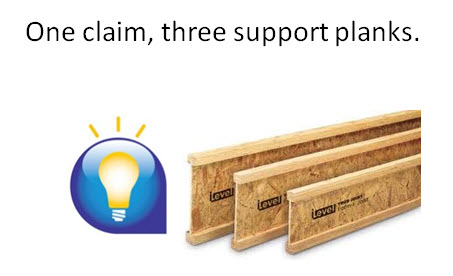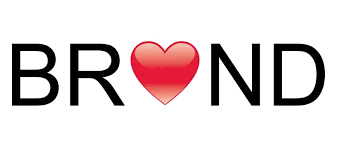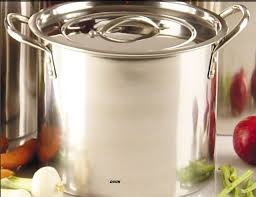Deconstructing Consumer Behavior.
Deconstructing the customer experience is something brand and account planners do. It’s akin to what cultural anthropologists do in fieldwork. A perfume planner might plant him/herself in Bloomingdales to watch behaviors around the perfume counter. And might continue to watch (not stalk) as that person moves elsewhere in the store to see other primping behaviors.
A planner might time people eating fast food and segment the people who are really eating fast from those eating more slowly – making observations about their behaviors. A planner working on behalf of the re-launching Lincoln Motor Company might track the behavior and life station of a showroom visitor at the Lincoln showroom and then continue on to view same at another car company showroom.
Successful brand and selling strategy is found by searching for ways to make customers more successful, not by searching for ways to make the marketer more successful. The latter is the domain of CEOs and CFOs. How does a planner decide what is going to make a perfume buyer more successful? A fast foodie? A luxury car shopper? Ah, that’s the $64,000 question. The Yin to the Yang. Is the answer in a smile? Often. Peace!





